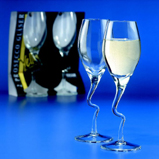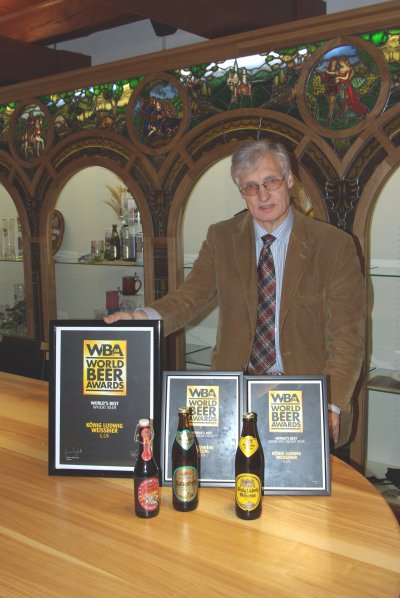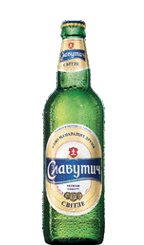The champagne years are ending as Britons start to ditch the top-price tipple for cheaper alternatives. Supermarket sales of bubbly dropped 18.5 percent in the month to mid-November 2008 compared to the previous year.
You don’t often hear him talk in public these days. So it was quite a feat to have Mr Schmid explain Augustiner’s philosophy at the recent Bavarian Brewers’ Day. Mr Schmid knows what he is talking about when he talks about beer and brewing. He joined Augustiner in 1970 at the behest of the then owner Rudolf Wagner who was turning 94 and thought he needed some help with running a brewery.
The new VLB “Department for Brewing and Beverage Science & Application” under the management of Dipl.-Ing. Roland Folz has been in operation since January 2009. The aim is to extend the competence in brewing technology in Berlin in addition to the Chair of Brewing Science at Technische Universität Berlin.
The Chair “Maschinen- und Apparatekunde” (= Chair of process engineering) of the Technical University of Munich in Weihenstephan has been re-named and is now called "Verfahrenstechnik disperser Systeme" = Process technology of disperse systems.
The Stag brewery, which produces an estimated 2 million hl of Budweiser, Bud Ice and Michelob Ultra beers, employs 182 workers and sits on one of the U.K.’s oldest brewery sites.
When he took over Kaltenberg castle and brewery in 1976, the brewery produced 15,000 hl beer annually. Not shying away from risk and challenges, Prince Luitpold expanded his business which now comprises four breweries in southern Germany and sells almost half a million hl of beer domestically.
The transaction should be completed early in 2009 after obtaining the agreement of the relevant competition authorities, namely including approval by the European Commission.
If Slavutich Carlsberg were to close the brewery, even if only temporarily, that would be a real blow to its employees. However, the price hike in water is only a pretext for a short-term shutdown direly needed by Slavutich to keep operational efficiencies at its other plants at reasonable levels.
On 01.01.2009 the WIMMI Verfahrenstechnik GmbH has been founded. Rudolf Körner and Torsten Schreiter have been appointed as Managing Directors. First and foremost the two graduate engineers want to distribute equipment for dealcoholisation by means of vacuum rectification for breweries and wineries. Along with this application the scope of supply comprises also machines for pasteurization and CIP-cleaning. Customized modifications of production lines and problem solving for optimizing production steps will continue to be a priority of their work.
Addressing the Annual meeting of the MAGB (Maltsters Association of Great Britain), Vice-Chairman Steven Rowley reflected on the turbulent business environment in which the malting barley supply chain is operating. Dramatic changes in interest rates, exchange rates, energy prices and cereal prices have combined to raise uncertainty and risk, to the great concern of maltsters and their partners in the supply chain.







